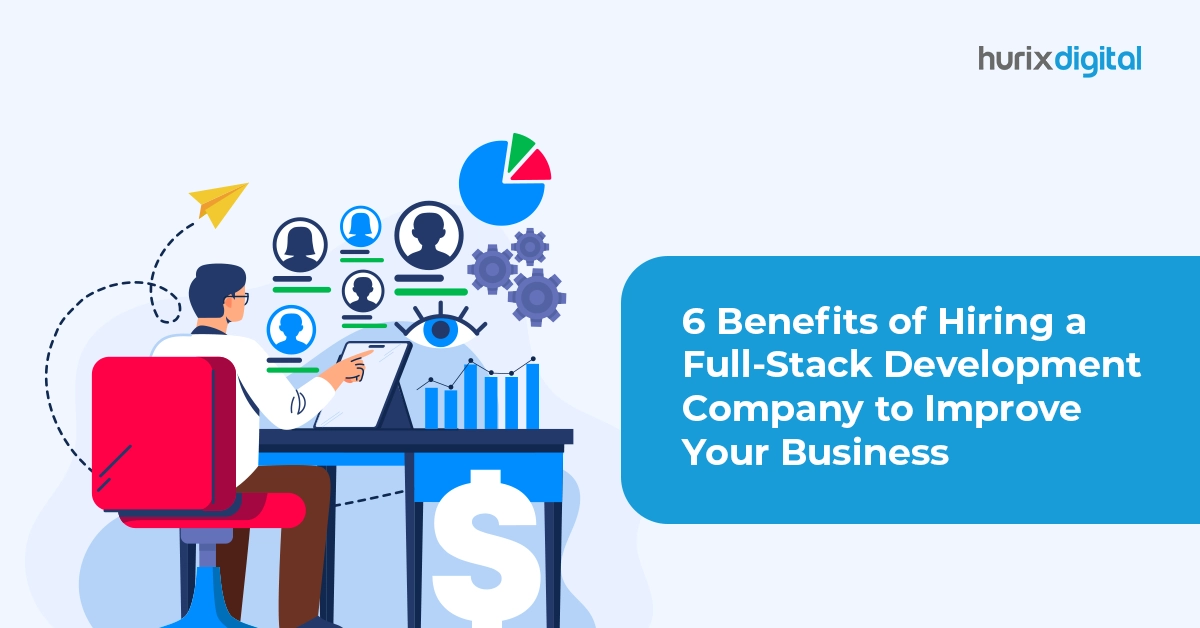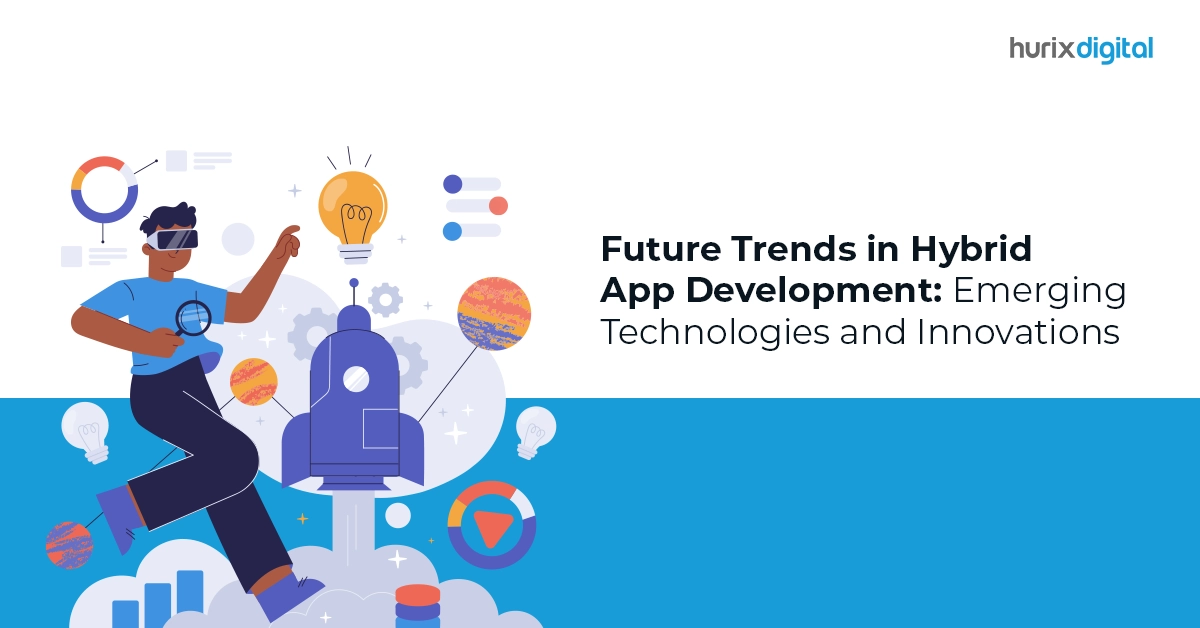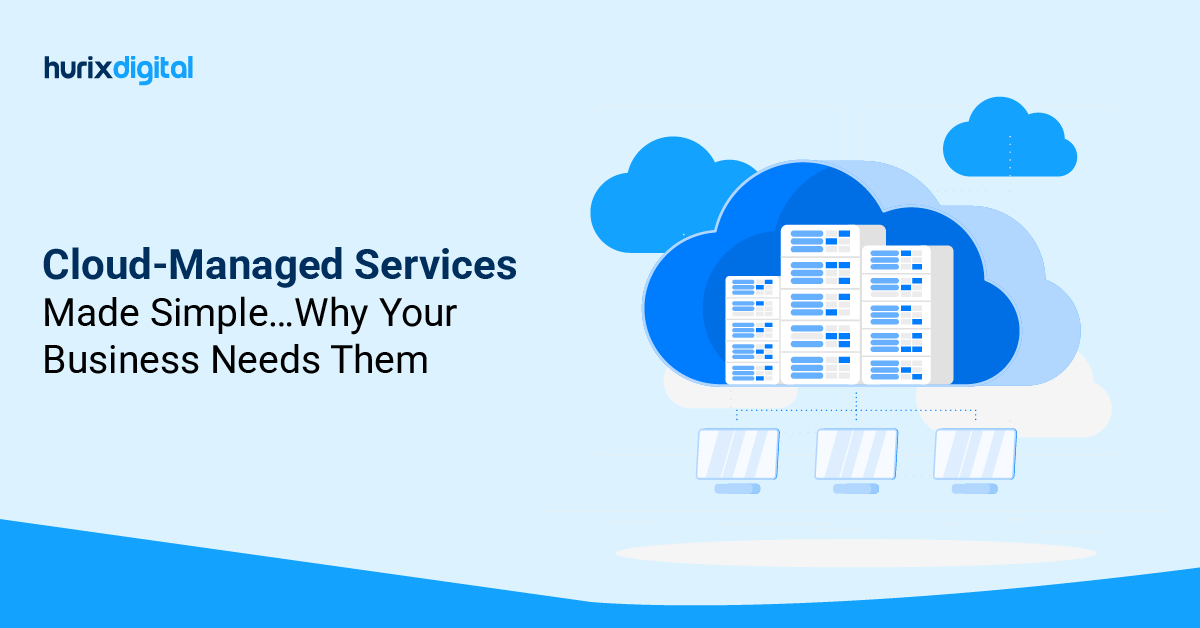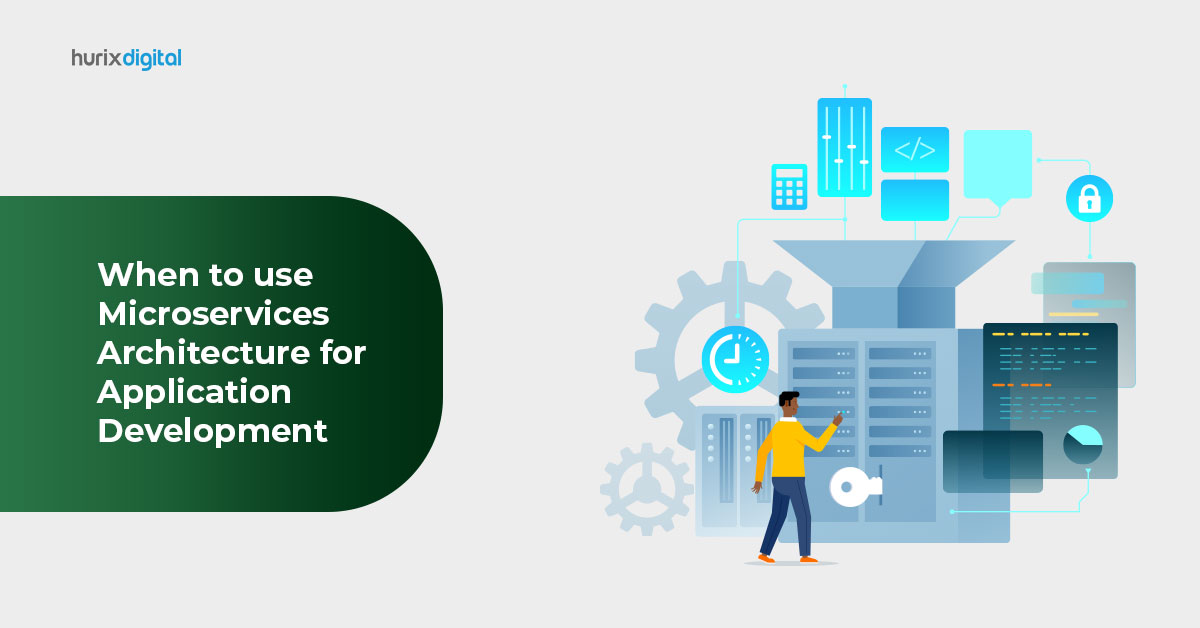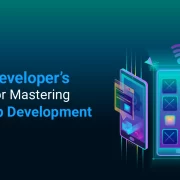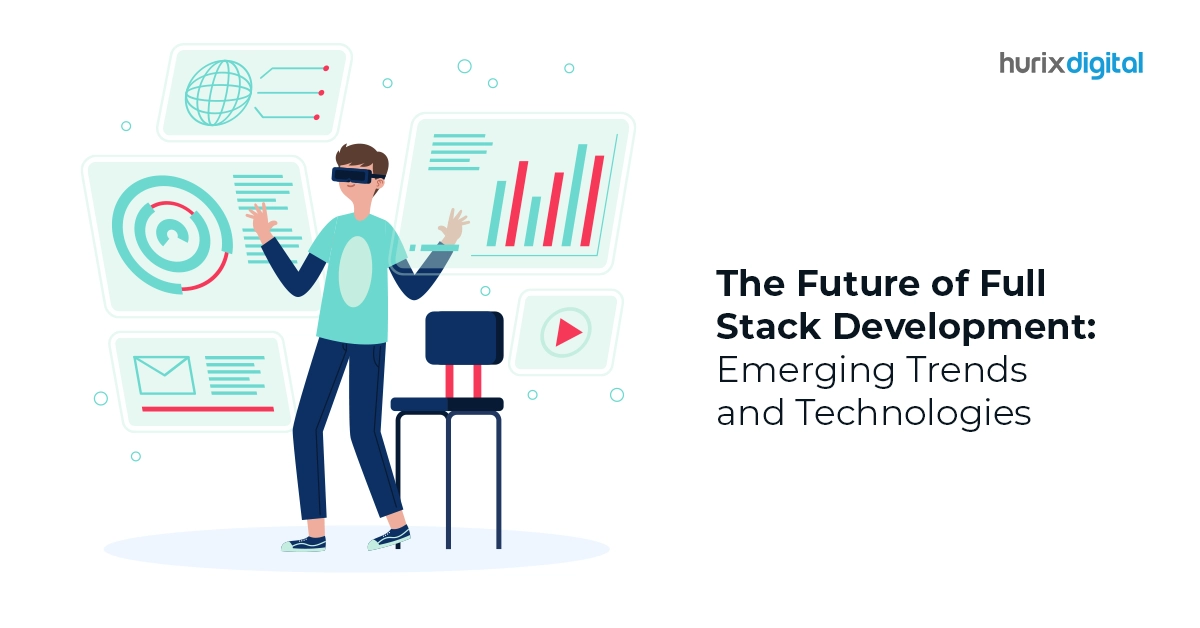
The Future of Full Stack Development: Emerging Trends and Technologies
Summary
Explore emerging trends and technologies in full stack development. This article provides insights into the future direction of full stack development practices.
Today, every business wants to have its app, but hiring separate front-end and back-end developers can be expensive. As a result, more and more businesses are choosing full-stack app development. With full-stack developers, you only need one person who can do both front-end and back-end work, saving money and making things simpler.
If you’re a business owner looking for full-stack app development here are some future trends that you must consider to stay ahead of the game and make the most out of your investment.
Table of Contents:
- What is Full Stack Development?
- Current Scenario of Full Stack Development
- Major Future Trends in Full Stack Development 2024
- Final Thoughts
What is Full Stack Development?
Before we move ahead with the future trend analysis of full-stack development, let’s understand quickly what it is and where full-stack app development stands today.
Full-stack development means being able to handle both the front-end and back-end parts of creating an app or a website. So, a full-stack developer knows how to design what users see and interact with (like buttons and menus) on the front end, as well as the behind-the-scenes aspects (like databases and servers) on the back end.
Full-stack developers possess a diverse skill set that allows them to handle both front-end and back-end development tasks. They are proficient in languages and frameworks such as HTML, CSS, and JavaScript (for front-end). They’re also well-versed in server-side languages like Node.js and Python and databases like SQL.
Also Read: Streamline Your Website Development Process in 4 Simple Stages!
Current Scenario of Full Stack Development
In the current scenario, full-stack development has become increasingly prominent and sought after in the tech industry. Businesses are realizing the efficiency and practicality of having developers who are proficient in both front-end and back-end technologies.
As a result, the employment outlook for web developers will grow by 16% from 2022 to 2034, surpassing the average growth rate for all occupations.
By having developers who can work on both ends of the development spectrum, businesses can easily manage their development processes, reduce costs associated with hiring separate specialists, and have more time and money to market their apps.
It is a win-win situation for businesses and also results in cohesive, well-rounded, and successful mobile applications.
Major Future Trends in Full Stack Development 2024
Finally, these are the major full-stack development trends that you must consider integrating into your next application!
1. Serverless Computing
Serverless computing is revolutionizing full-stack app development in 2024 by abstracting away server management tasks. Unlike traditional cloud computing models, where developers need to manage servers, serverless computing detaches the underlying infrastructure. It allows developers to focus solely on writing and deploying code.
In serverless architecture, applications are broken down into smaller, independent functions that are executed in response to specific events. These functions are often referred to as “serverless functions” or “lambda functions.” They are hosted and managed by cloud providers, which eliminates the need for developers to worry about server maintenance.
Benefits of Serverless Computing
- It enables faster development cycles as the full-stack developer only focuses on writing the code.
- It offers automatic scaling to handle varying workloads without manual intervention.
- It leads to the creation of highly scalable, feature-rich, and resilient apps.
2. Progressive Web Apps (PWA)
Progressive Web Apps (PWAs) are like a bridge between websites and mobile apps. In simpler terms, PWAs offer users an app-like experience directly from their web browser.
PWAs are built using web technologies like HTML, CSS, and JavaScript. However, they have features commonly found in native mobile apps, such as offline capabilities, push notifications, and access to device hardware.
Benefits of Progressive Web Apps (PWAs)
- PWAs provide a seamless experience across different devices and platforms.
- They are easier and more cost-effective to develop and maintain compared to native apps.
- Lastly, they offer improved performance, faster load times, and better user engagement and retention rates.
3. Blockchain Integration
Blockchain is like a record-keeping system that stores information across a network of computers. Each ‘block’ in the chain contains a piece of data, and every block is connected to the one before and after it. This forms a secure and transparent chain of information.
Talking about future trends in full-stack development, blockchain technology is being integrated into various industries, including cryptocurrency, finance, and healthcare apps.
Another trend on the rise is the rise of decentralized applications (DApps) built on blockchain platforms like Ethereum. These apps operate without a central authority. Full-stack developers with knowledge of blockchain tech will be in high demand to create and maintain these DApps.
Benefits of Blockchain Integration
- Blockchain integration in full-stack development minimizes errors and increases operational efficiency.
- It leads to the creation of more secure, transparent, and tamper-proof apps.
- Blockchain integration leads to better data management in apps.
4. Artificial Intelligence Integration
AI, also known as Artificial Intelligence, refers to computer systems or machines that can perform tasks that typically require human intelligence. These include learning, problem-solving, and decision-making with minimal human intervention.
In full-stack development, AI is considered an emerging trend because of its potential to automate various steps of the development process. For instance, AI-powered tools can assist full-stack developers in tasks like code generation, debugging, and testing.
Moreover, AI technology is opening up new possibilities for creating innovative applications and services. For example, AI-driven chatbots can provide customer support, virtual assistants can automate routine tasks, etc.
Benefits of Artificial Intelligence Integration
- Artificial Intelligence integration automates repetitive tasks like code generation and testing.
- It leads to faster development cycles, reduced errors, and lower costs in full-stack development projects.
- Lastly, it can improve user experience by recommending personalized content.
Also Read: Essential Skills Every Full Stack Web Developer Should Master in 2024!
Final Thoughts
Full-stack development will continue to be the most sought-after app development approach available today. By integrating technologies like Artificial Intelligence and Blockchain, full-stack developers can further enhance the functionality, security, and efficiency of their apps. This would ultimately help them to deliver more valuable and impactful solutions to both users and businesses.
Do you want to unlock your brand’s potential in the digital world? Well, Hurix Digital can help achieve the digital transformation you deserve with our comprehensive suite of web and mobile app development services.
Get in touch with us today to know more!

Currently serving as the Vice President of Technology Delivery Operations at HurixDigital, a prominent global provider of digital content and technology solutions for publishers, corporations, and educational institutions. With over 16 years of experience spanning EdTech and various domains, I hold certification as a SCRUM Product Owner (CSPO). My expertise includes operations, finance, and adept people management skills.
